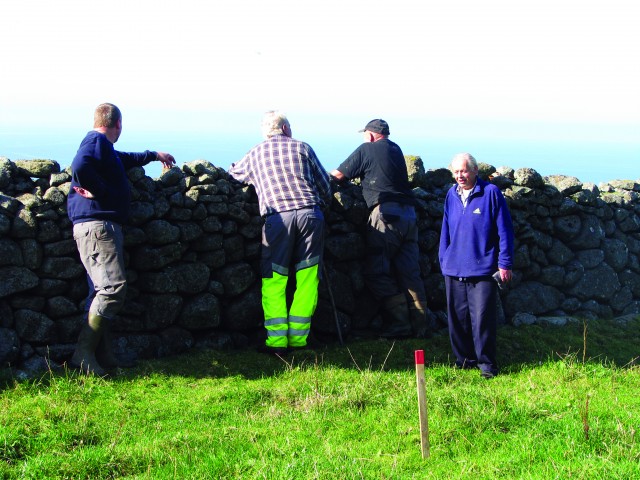Fences create peace among neighbours
The Gulating law dating from around year 1000 formulated the above saying. The law was followed by Magnus Lagabøte’s law of the land towards the end of the 13th century and settled the principle "each keeps peace on his land". The one who owned the arable land then got the responsibility of keeping the grazing animals out.
In 1860 came the law of "Peace of the soil". This turned the principle on its head. The owner of the animals now got the responsibility of fences, but could demand that the neighbour paid half the cost of keeping the fence.
Today’s fence-law of 1961 is not limited to agriculture, but is a general law concerning all kinds of properties. In relation to farm animals and grazing, the main principle from 1860 still stands, "each one has to look after their own animals".
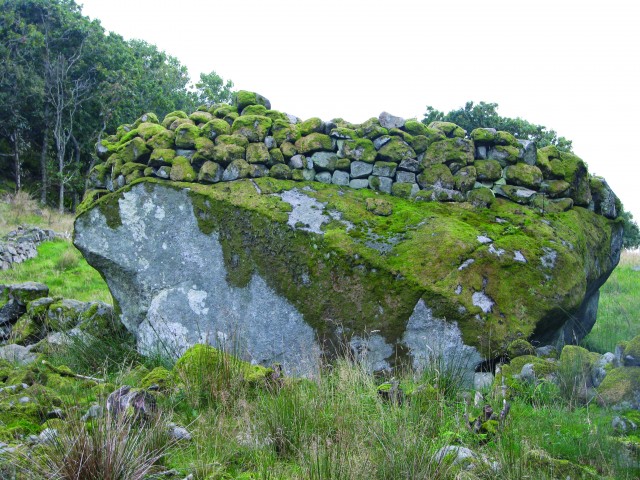
In Norway today’s fence- and grazing laws are built on the country’s oldest legal traditions. Laws and rules for fences and fence-maintenance have played an important role in creating peace between neighbours and in settlements. The fences have also facilitated the farmer’s use of natural resources.
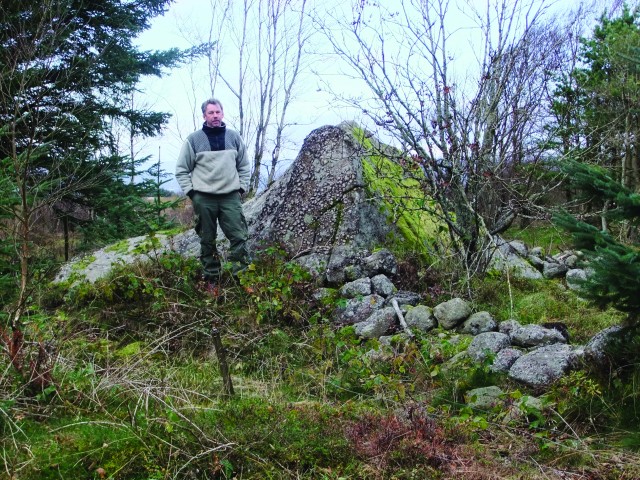 Simple stone wall between Nordberg and Vere- before and after work done by Reinert Kjølleberg and Geir Skeime
Simple stone wall between Nordberg and Vere- before and after work done by Reinert Kjølleberg and Geir Skeime
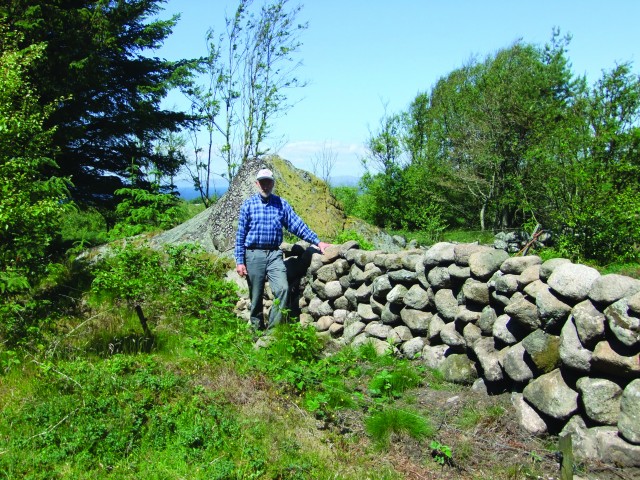
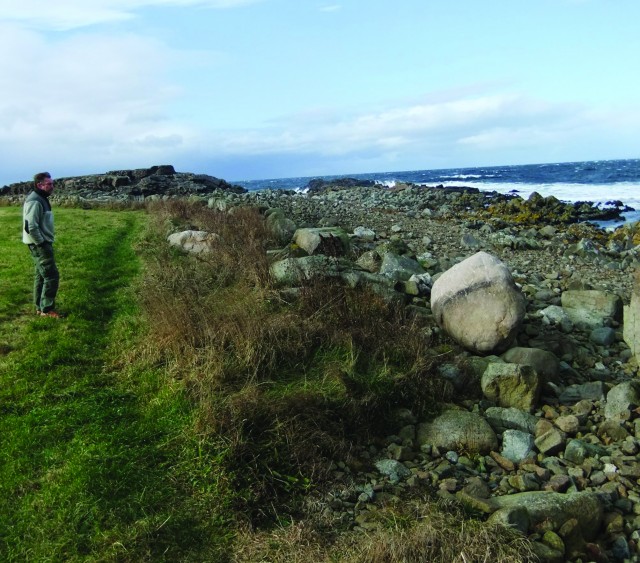 ”Chest wall” at Jølle before and after. Work by Tore Mikalsen.
”Chest wall” at Jølle before and after. Work by Tore Mikalsen.
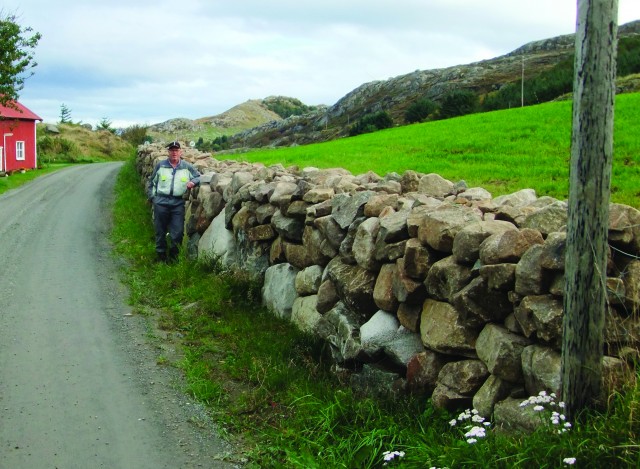
«garður er granna sættir»
fences create peace among neighbours.
The Gulating Law approx. 1000 ad
